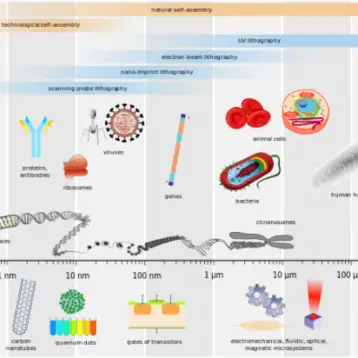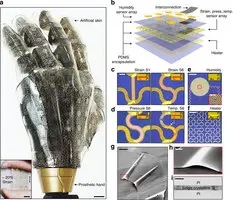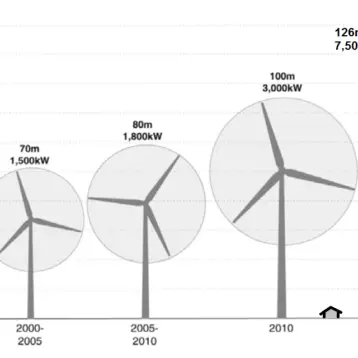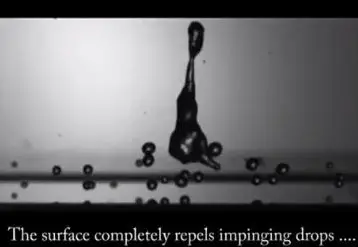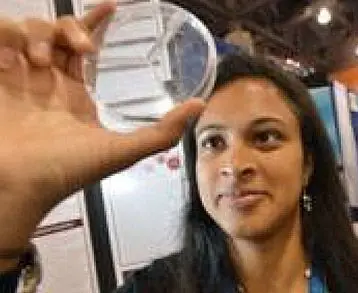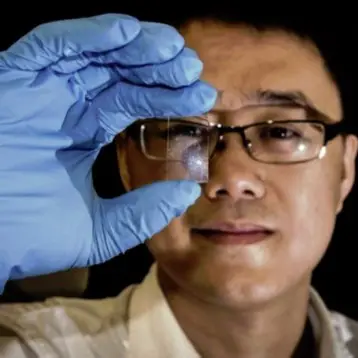A study published by Rice University scientists recently predicted the existence of a new “buckyball-like” molecule consisting entirely of boron atoms. The boron buckyball has 80 atoms and is structurally similar to the original C60 fullerene, but its additional atoms in the center of each hexagon makes it significantly more stable.
The research was conducted by Boris Yakobson, professor of mechanical engineering and materials science and of chemistry, and his associates Nevill Gonzalez Szwacki and Arta Sadrzadeh. At first the team attempted to build a “buckyball” using silicon atoms but determined that it would collapse on itself. Their search for another possible atom led them to boron (Boron is the fifth element on the periodic table – just one before carbon).
According to Yakobson boron buckyball, or B80 has not been observed or even conceived of before and he is hopeful that it may lead to a significant breakthrough in material science in the future, just like the original “buckyball” did back when it was discovered.
In 1985, the fourth form of pure carbon (after graphite, diamond, and amorphous carbon) was discovered. Commonly known as a buckyball, or more formally, Buckministerfullerine, the molecule was named after Richard Buckminster (“Bucky”) Fuller, who, among a myriad of inventions, designed the geodesic dome with nearly the same symmetry. The buckyball is a large hollow, cage-like molecule with a distinct arrangement of 60 carbon atoms (C60) that form a spherical shape – a truncated icosahedron, similar to the hexagonal and pentagonal quilt patchwork pattern of the Telstar soccer ball, only with carbon atoms at its vertices and bonds along the seams. For their groundbreaking discovery of fullerenes, the family of symmetrical carbon-cage molecules of which the buckyball is the prototype, scientists Harold Kroto from the University of Sussex, and Robert C. Jr. and Richard Smalley from Rice University shared the 1996 Nobel Prize in Chemistry.
In September 2006 TFOT interviewed Frank Allen from the Florida Advanced Center for Composite Technologies (FACCT) regarding a different advance related to fullerene – Buckypaper. This new material might soon enable the manufacturing of stronger and lighter aircraft with larger payloads and greater fuel efficiency as well as stronger laptops and other devices.


